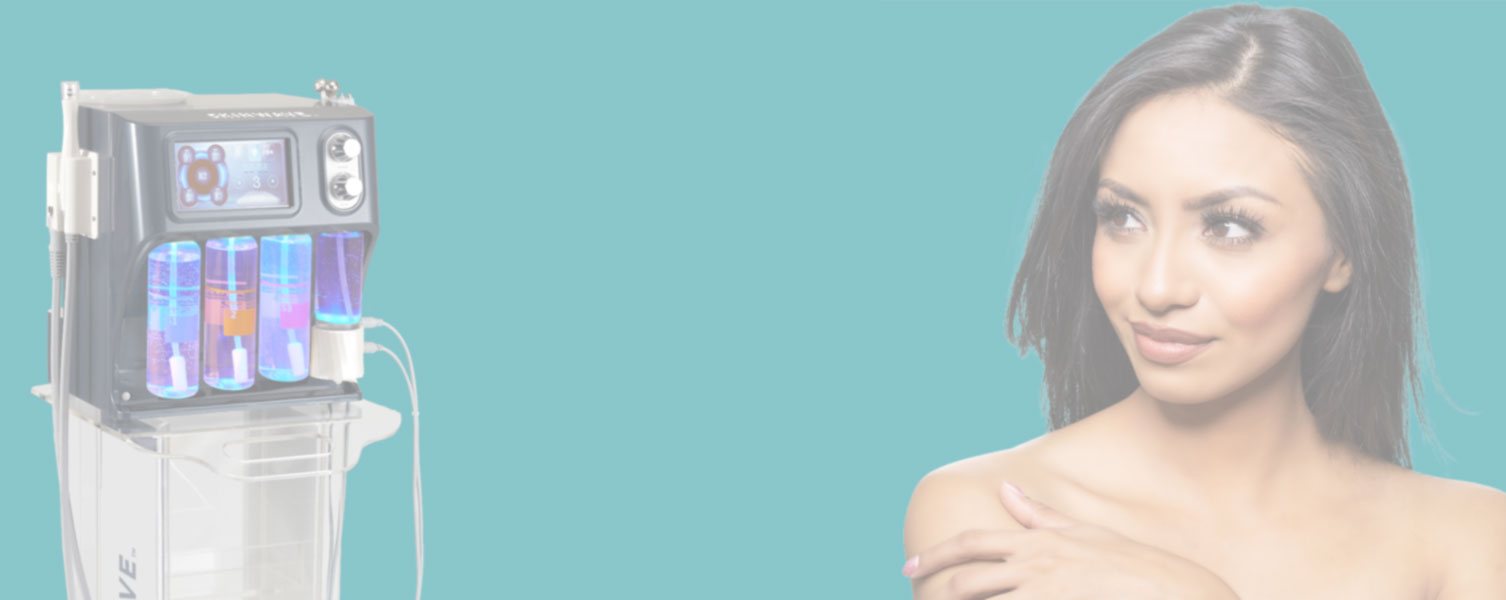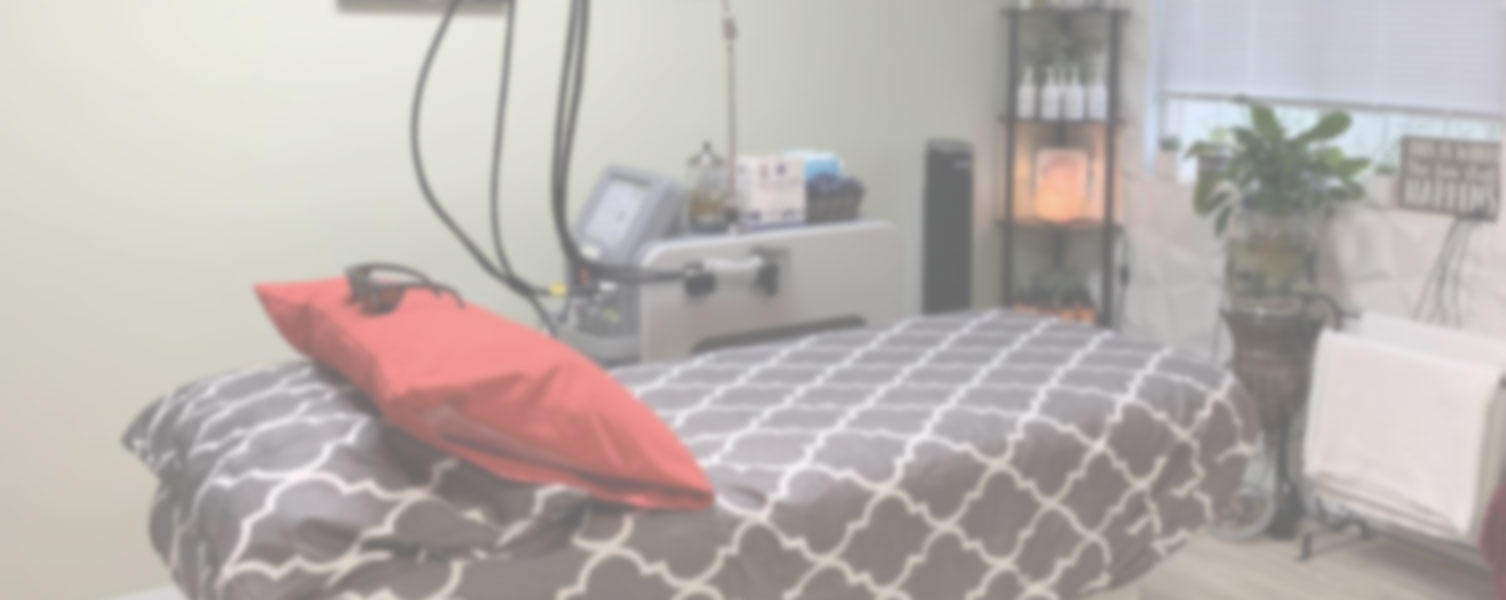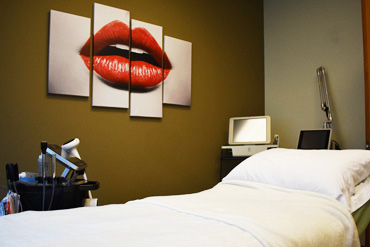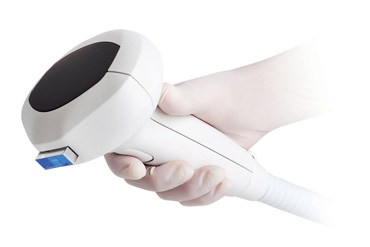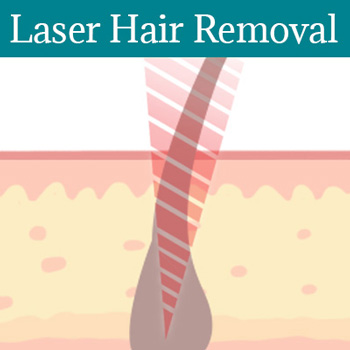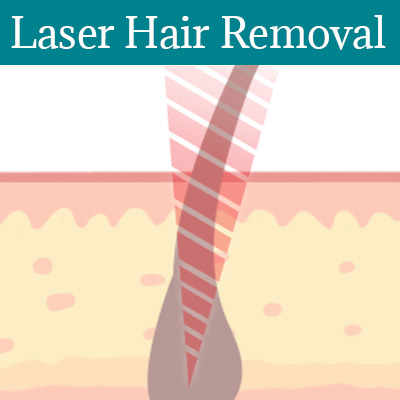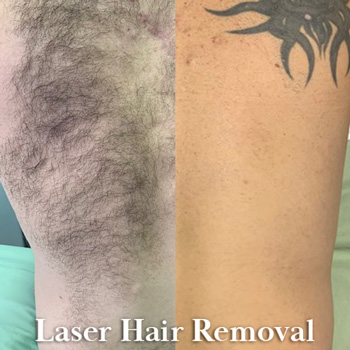Find A Better You Med Spa
St. Peters, Missouri Skin Care Professionals
People from all over come to Find A Better You Med Spa for affordable Laser Hair Removal, Skin Treatments, Piercings and so much more.
Find A Better You Med Spa has become one of the best med spas in St. Louis. Our Spa is comfortable, fun, and safe for all types of people.
Find A Better You Med Spa Location:
Our new address is 4169 Old Mill Pkwy Rd, Saint Peters, Missouri 63376.
We are located inside Arch Advanced Pain Management on the 2nd floor of the building.
Laser Hair Removal St Louis
Tired of shaving every week? Being hair-free has never been so convenient and cheap at Find A Better You Med Spa. Our Gentlemax Pro laser can remove hair on all types of skin tones safely!
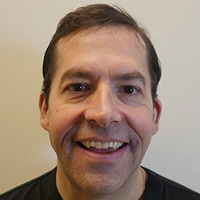
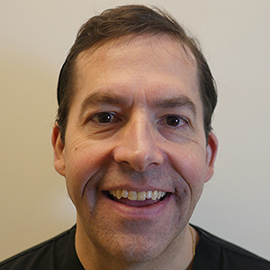


Meet the Doctor
Dr. James Sturm D.O. DABA, FIPP
Dr. James Sturm is board-certified in Aesthetics in Saint Peters, Missouri, providing care to patients from all over the world. He is dedicated to finding a better you, whatever it takes. Dr. Sturm has over 30 years of experience, and he prefers to do non-invasive techniques that are most beneficial to his clients.
Find A Better You Medical Spa:
The Face and Body You've Always Wanted
Our prices are unbeatable in the STL area! Call us today and let us help to Find A Better You.
Find A Better You Has Been Featured On:









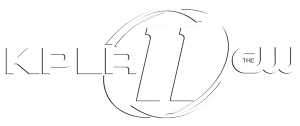
Business Hours
Mon, Fri:
9:00 am - 3:30 pm
Tue, Thurs:
9:00 am - 4:30 pm
Wed:
9:00 am - 5:00 pm
Any other times are by appointment only
What do med spas do?
A medical spa which is also commonly referred to as a med spa or medi-spa, is a mix of a relaxing place where you can also get the procedures only found in a doctor's office.
What is considered a med spa?
A medical spa is the best of two worlds; the relaxation of a spa, along with the expertise and state-of-the-art regenerative wellness medical equipment at our medical office.
What is the difference between a med spa and a regular spa?
Medical spas offer traditional spa services as well as services that must be provided by a licensed medical practitioner, a regular spa can't do more in-depth treatments and procedures because they don't have a licensed medical practitioner. Regular spas focus on above the skin, whereas a medical spa goes below the skin as well.
What do you use for LED Light Therapy?
We use the award-winning Celluma Pro for Light Therapy.
What are the best skin treatments?
Our most popular and effective skin treatments are Microneedling, LED Light Therapy, Sublative Rejuvenation, C02 Facial Rejuvenation, and Lumecca IPL Photofacial.
Is it worth getting laser hair removal?
It is without a doubt worth it. Compared to shaving multiple times a week and or waxing or other hair removal techniques; laser hair removal is easy and not painful compared to other techniques.
How much does laser hair removal cost?
Exclusively at Find A Better You, our prices start as low as $349 (6 Treatments). Compare that to the same laser as a competitor for over $7,900

